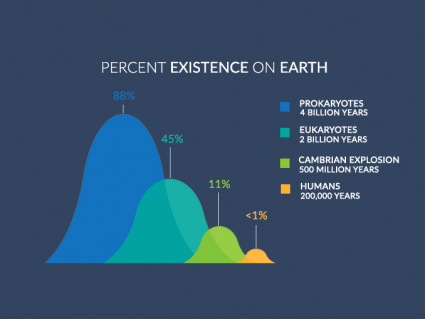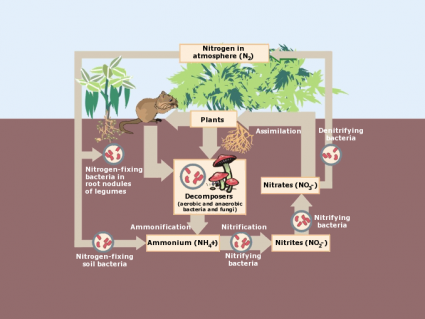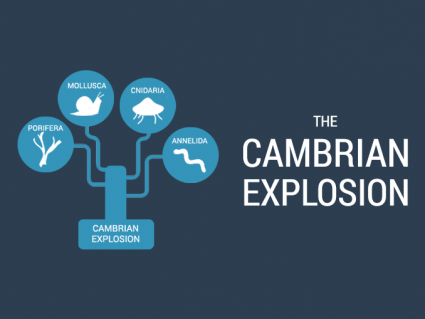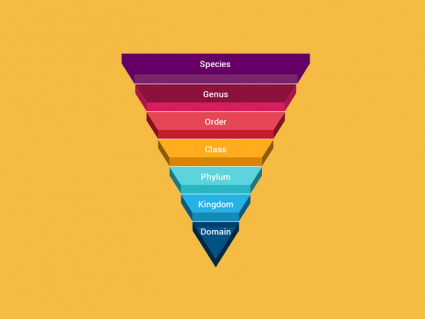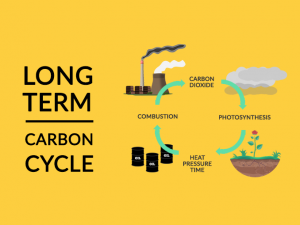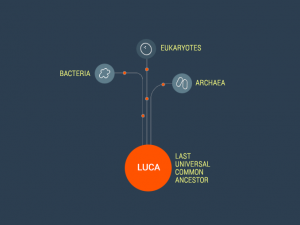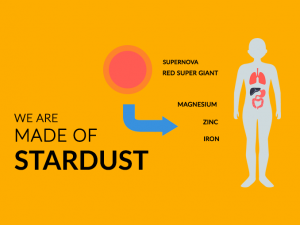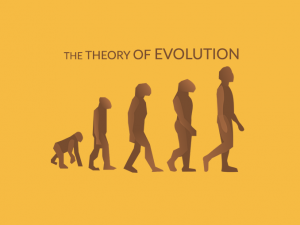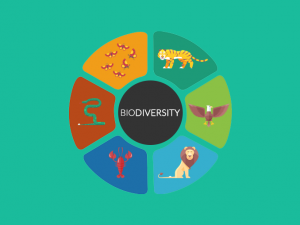4 Steps of a Frog Lifecycle
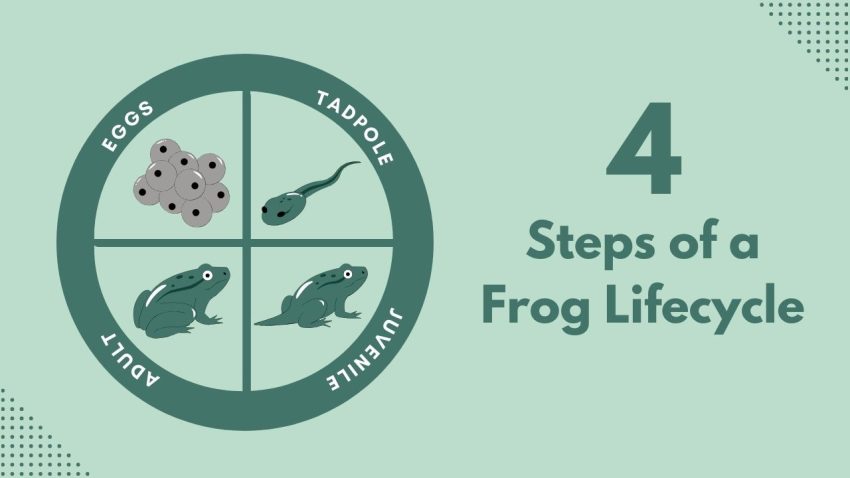
Today, we’re hopping into the world of frogs to explore their incredible life cycle. In just four steps, we’ll uncover each stage of a frog lifecycle.
Eggs
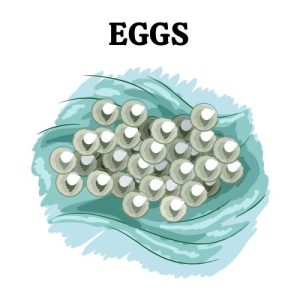
Frog eggs are the starting point of the frog lifecycle. First, a female frog lays eggs usually in ponds or streams. These eggs appear like tiny, jelly-like spheres.
They often clump together for safety and warmth. Also, the surrounding water provides necessary protection and nourishment.
Inside each egg, a developing tadpole begins its journey. After a few days to weeks, tadpoles emerge. They’re finally ready for the next phase of their growth.
Tadpole

Tadpoles are the second stage in a frog’s life cycle. After hatching from the eggs, they initially resemble small fish more than frogs.
These tadpoles breathe underwater using gills, just like fish do. They swim with their long, powerful tails. Their diet consists of algae and plant material that is available in the water.
Over time, as they mature, they undergo metamorphosis. Gradually they develop legs and lose their tails. This signals the onset of the next stage in their development.
Froglet (Juvenile)

A froglet is a young frog in its growth stage, which comes after the tadpole stage. At this stage of a frog lifecycle, its body starts to look more like a frog.
For example, it has smaller legs and a shorter tail. Also, its skin texture changes, preparing for life both in water and on land.
Eventually, froglets begin venturing out of the water. This is their first step towards adapting to life on land. Gradually, the froglet’s body starts resembling that of an adult frog.
Adult frog

An adult frog is the final stage in the frog’s life cycle. By this time, it has completely absorbed its tail. The body is well-adapted for a life that spans both water and land.
Adult frogs breathe with their lungs and have powerful legs for jumping and swimming. Their diet mainly consists of insects and small animals.
Eventually, they reach maturity and reproduce, laying eggs to begin the cycle anew. This is when frogs can reproduce, laying eggs to start the cycle again.
The Lifecycle of a Frog
In a nutshell, frogs start as eggs in water such as in a lake or river. They hatch into tadpoles, which swim like fish. Tadpoles grow legs and lose their tails, becoming froglets. Froglets gradually turn into adult frogs. Adult frogs live on land and in water. They lay eggs, and the cycle starts again.

